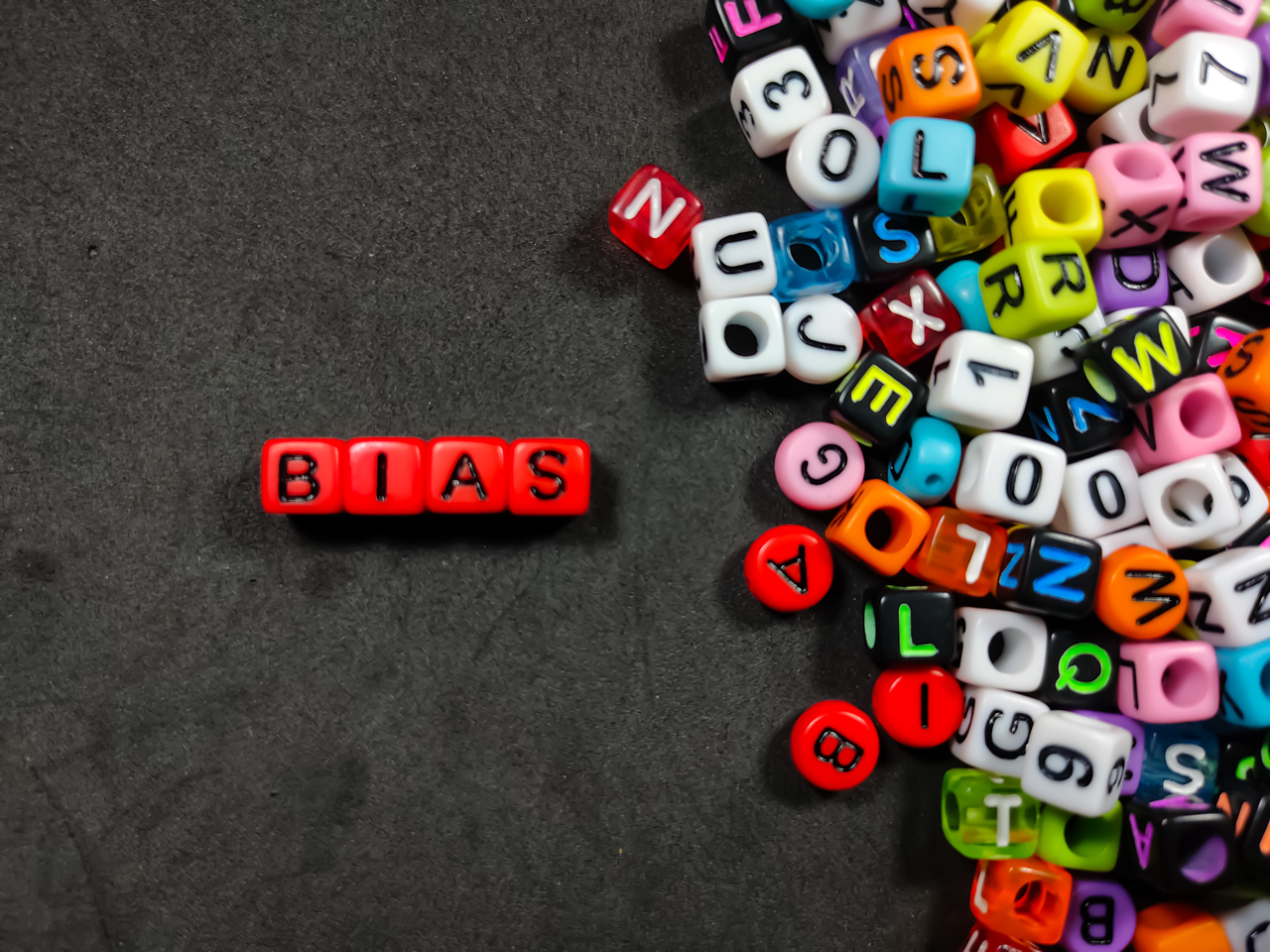Groupthink is a psychological phenomenon that occurs within a group of individuals when the desire for harmony or conformity outweighs critical thinking and independent decision-making. In this article, we will explore what groupthink is, its potential consequences, and strategies to overcome it.
What Is Groupthink?
Groupthink refers to the tendency of a group to make faulty decisions or adopt poor judgment due to the desire for consensus and harmony. It occurs when the group prioritizes agreement over the pursuit of accurate information and divergent viewpoints. In a groupthink scenario, individuals may feel pressure to conform to the dominant opinion or suppress their dissenting views to maintain unity within the group.
Characteristics of Groupthink
Identifying the characteristics of groupthink can help us recognize its presence in a group setting. Some common features include:
- Illusion of Invulnerability: Group members may develop an inflated belief in the group's abilities and invincibility, leading to overconfidence and disregard for potential risks or alternative perspectives.
- Collective Rationalization: The group tends to rationalize and downplay any concerns or doubts about its decisions or actions, dismissing conflicting evidence or dissenting opinions.
- Belief in Inherent Morality: The group may develop a belief in its moral superiority, assuming that its decisions are inherently right and just, which can lead to ethical blind spots and the neglect of potential ethical implications.
- Stereotyping of Outgroups: The group may view those outside the group as inferior or hostile, discounting their perspectives or ideas without objective evaluation.
- Direct Pressure on Dissenters: Individuals who express dissenting opinions or raise objections may face direct pressure, ridicule, or marginalization within the group, discouraging further dissent.
- Self-Censorship: Group members may choose to withhold their differing opinions or concerns to avoid conflict or social repercussions, leading to a lack of diverse viewpoints and critical analysis.
- The illusion of Unanimity: The absence of open dissent or alternative viewpoints within the group creates an illusion of unanimity, further reinforcing the group's flawed decision-making process.

Consequences of Groupthink
Groupthink can have significant consequences, both for the group itself and the outcomes of its decisions. Some potential outcomes of groupthink include:
- Poor Decision-Making: Groupthink hinders critical evaluation and consideration of alternatives, resulting in suboptimal decisions that may overlook potential risks or alternatives.
- Suppression of Innovation: The lack of diverse perspectives and independent thinking stifles creativity and innovative ideas within the group.
- Failure to Identify Weaknesses: Groupthink prevents the group from effectively identifying and addressing weaknesses or flaws in its decision-making process, leading to potential failures or setbacks.
- Erosion of Individual Responsibility: Group members may feel less individually responsible for the group's decisions, attributing them solely to the collective, which can diminish accountability and ethical decision-making.
- Lack of Adaptability: Groupthink limits the group's ability to adapt and respond to changing circumstances or new information, making it vulnerable to external challenges or unforeseen events.
Overcoming Groupthink
Recognizing and actively addressing groupthink is crucial for promoting effective decision-making and fostering a healthy group dynamic. Here are some strategies to overcome groupthink:
- Encourage Open Communication: Create an environment that promotes open and honest communication, where individuals feel safe to express their opinions, concerns, and alternative viewpoints.
- Diverse Perspectives: Actively seek out diverse perspectives and encourage constructive debate and discussion within the group. Embrace dissenting opinions as valuable sources of critical thinking and alternative insights.
- Devil's Advocate Role: Assign someone within the group the role of a devil's advocate, whose purpose is to challenge prevailing opinions and assumptions, encouraging critical evaluation and exploration of alternatives.
- Seek External Input: Consult individuals outside the group who can provide an objective and independent perspective on the group's decisions and thought processes.
- Promote Individual Accountability: Foster a culture of individual accountability, where each group member takes personal responsibility for their contributions, decisions, and critical thinking.
- Decision-Making Processes: Implement structured decision-making processes that encourage thorough evaluation of alternatives, consideration of potential risks, and the inclusion of diverse viewpoints.
- Encourage Reflection and Evaluation: Regularly reflect on past decisions and outcomes to identify any signs of groupthink and continuously improve the group's decision-making processes.
By implementing these strategies, groups can effectively mitigate the negative effects of groupthink and foster a culture of critical thinking, open communication, and improved decision-making.



